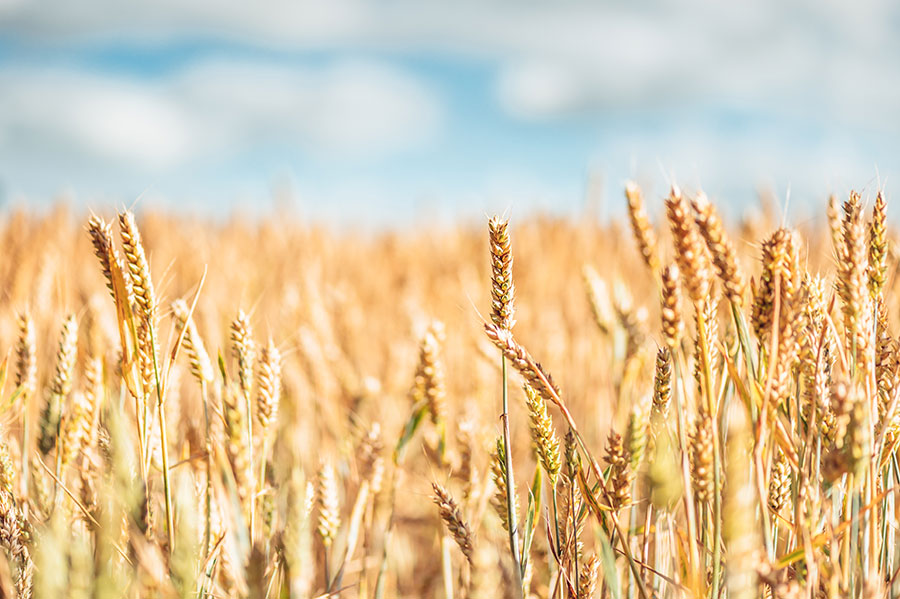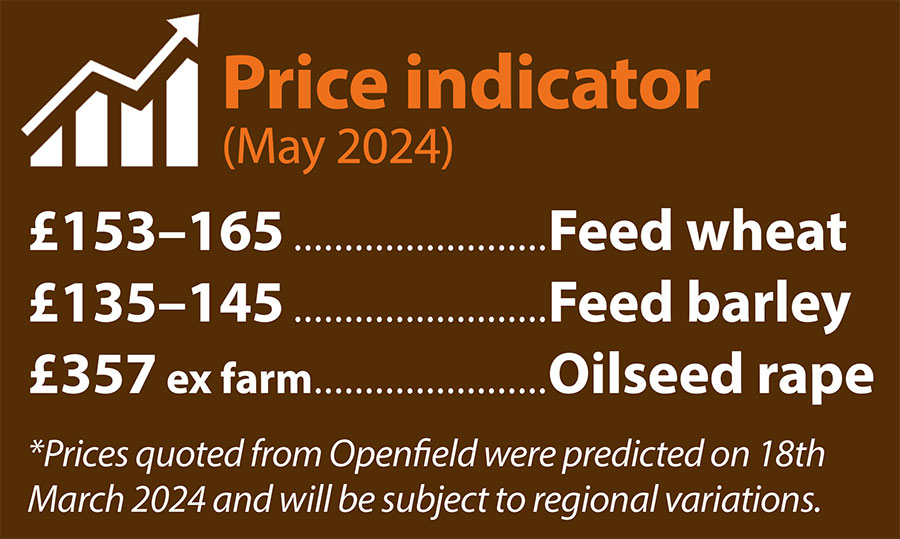How do we measure ‘environmentally good’, and how will this impact on productive land?
4th April 2024
Farming and food production is full of uncertainty at the moment – driven by the extreme wet weather, funding for environmental schemes taking priority over growing crops, and lack of data for decision-making.

As the day length extends and most are trying to deal with the crops that have over-wintered or just been sown, there will be many also engaging with the new world of SFI, says Openfield’s head of research, compliance and shipping, Cecilia Pryce.
If my data is correct, there was over 277,000ha of English land in fallow following the wet 2019/20 winter. That was around 123,000ha more than previous years – so will we see the same increase in fallow this season? In fact, will we see any data to gauge the land use change caused by the wet weather? I feel the answer will be no, because who is recording it and in what format? I ask because fallow may just be placed into an SFI scheme and locked in for several years, meaning the area of cropable land drops.
This uncertainty regarding land use, especially on the back of no more BPS forms or legal requirement to fill in surveys, could leave the UK very short of data on which to make decisions. I’m sure Defra will publish how many miles of hedges we have in schemes, or how many acres of flower meadows we have – but will they be able to publish how much land has moved out of productive arable area, or just moved from one environmental measure to another?
This uncertainty won’t help reduce volatility in the grain markets and, if we believe current 2024/25 crop numbers, we will be facing a raft of imports just like we saw in 2020/21 crop year. The question is what commodities will be imported? I would have a bet and say largely maize; but again, the price of imported maize will be reliant on many factors – be that Ukraine’s crop size and its ability to ship, or the size of the US and South American crops.
The next few months will be spent watching local and global weather and the usual geopolitics for some guidance, while also trying to understand what information Defra has and if they will publish it. Some would argue its ‘public money for public goods’, so every scheme that a farmer has signed up to and its details should be in the public domain. This might not sit well, but it may prove to be a useful way for farmers to be ‘graded’ for environmental engagement by consumers; but doing so would be no different to rating other public sectors. Unfortunately, this could run the risk of not capturing everything that farmers are doing – but would it be a bad place to start in the absence of any other formal data?
The world is not going to forget about the environment and how farming could be impacting it – be that good or bad – or that globally, grain is a major food and feed source. We have engaged with assurance as a requirement to do business, and we will likely have to engage with attaching green credentials to our grain in the coming years; so the real uncertainty is how to measure ‘environmentally good’ and does it mean that if the government pays for it, it must be good? The answer is nobody knows, but doing nothing and not having a thought on how to measure it is no longer an option.
Fertiliser matters
As we enter a higher fertiliser demand period for spring applications both here and across Europe, supplies of imported AN remain tight leading to recent price rises, comments Openfield’s fertiliser manager, Lucy Hassall. As we move closer to the new season, suppliers will be reluctant to bring in new shipments of imported AN ahead of potential campaign offers at lower values.

UK nitrogen offers for April were withdrawn in early March as production capacity was sold, and are now being offered for May delivery only at slightly higher levels. Urea has been more stable in price of late due to slower demand. India looked set to tender in the second half of March and could have the option to purchase tonnes from China if the government decides to relax the export ban – meaning more product will be available in the market.
Inhibited urea sales have been more in focus as we approached the new restricted application window from 1st April through to 15th January, on both solid and liquid fertilisers containing 1% urea and over in order to reduce ammonia emissions.
Read more arable news


